Decoding the Interview Process
If you're a job seeker looking to stand out in a crowded, competitive market, your first impression matters. That's why you need to capture the attention of potential employers right from the start. A successful interview journey should focus on these key elements:
Step 1: Catch the attention of a potential employer by ensuring your resume is pristine and formatted correctly. Need help with that? Check out this article.
Step 2: You find a role you (mostly) fit and hit “Easy Apply” on LinkedIn – ideally the company has it together and that’s all it takes when it comes to applying.
Step 2 B: You have to complete an actual online application. If you’re truly interested in the role, DO THIS. I know, it’s a pain - all of this is already on your resume, and in this day and age shouldn’t all of this autofill?
Yes, it should. But sometimes technology doesn’t work in our favor. I’m sure there’s a statistic out there on this, but I guarantee over 50% of candidates opt out of the process when they see they have to retype their resume. So, those 500 applicants LinkedIn shows a role has? At most, there’s only around 250 (and that’s assuming all of those people are actually qualified, which I highly doubt).
Step 3: After your resume is submitted via LinkedIn or the employer’s applicant tracking system, your resume *should* be reviewed by a real person. Yes, a real person reviews your resume, so remember to be kind and patient.
Sometimes people make mistakes (*gasp*) and may send you an auto response message saying they enjoyed speaking with you (even if they didn’t) – please don’t be the person who blasts it on the internet and laments how all recruiters are terrible people, especially because I’m sure you have never made a mistake.
Okay, back to it. At this step you could either:
A. Receive an incorrect auto-response email
B. Receive an automated email saying “Thanks for applying but no thanks.”
C. Receive an automated email saying “We’re reviewing all applicants and will reach out on a specific date (YAY - the start of actual concrete information from a company!)
D. Receive a call or email from a recruiter to schedule a phone screen or interview. When this happens proceed to Step 4; if you’re in the purgatory of steps 1-3, twiddle your thumbs (and keep applying to other roles you’re interested in) until 3D happens!
Step 4: A recruiter reaches out saying they’re interested in chatting with you – yippee! When they ask you for your availability, send them three blocks of available time in the next week. Don’t send them weekend availability. Don’t send them afterhours availability. Don’t send them availability for three weeks out. Make yourself available. Just do it. If you don’t, someone else will.
Step 5: PREPARE! Do a mock interview with a friend, family member, whoever. Treat every interview like it is for your dream job. Come with a list of questions to ask the recruiter. Even if most of your questions have been answered during the interview, ask more questions.
Here’s one of my favorite interview tips: Prior to your interview, have the job description and resume in front of you. Go through and highlight areas that overlap between your work experience and what the company is looking for. Be prepared to answer specifics regarding things on your resume, too!
Step 5 A: If the recruiter has not already addressed it, as the interview is wrapping up ASK WHAT THE INTERVIEW PROCESS LOOKS LIKE! They ideally should say something like, “I’ll debrief with my team. If we decide to move forward the next steps would be to meet with two different hiring managers for 45 minutes and then we’ll have a decision after that!”
Yes, some interview processes are going to have 2-3 different interviews or even a take home test/coding exam/presentation. Sometimes these steps are justified! Keep it all in perspective with the role, the types of people you are interviewing with, and the seniority level. I’m not saying if you’re interviewing for a C-Suite you shouldn’t expect to interview with every other C-Suite Member and some Directors (you should) – what I’m saying is you shouldn’t expect to meet with all of them, the intern, and his mother.
Remember, sometimes you could be the first applicant they’ve met with, so it could take ~10 days to do initial screens before you move on to the next step. On the flip side, you could be the last applicant they’ve met with and you get a scheduling email the next day! Either way, never be afraid to ask for clarity in the interview process to have a better understanding of where you are in the interview process.
